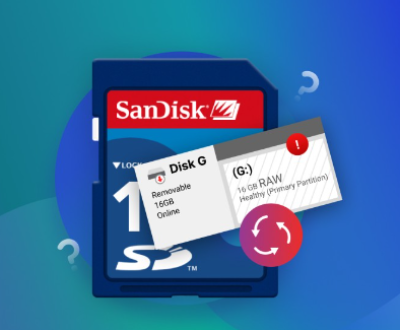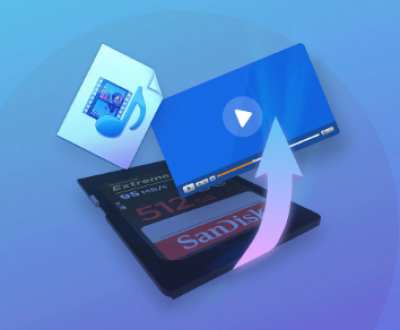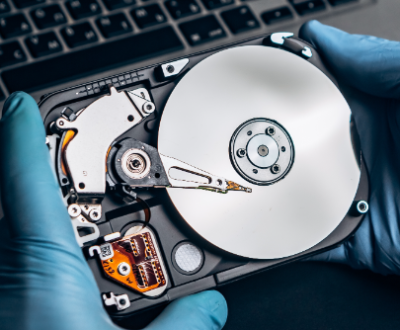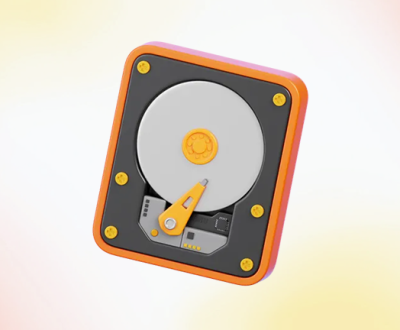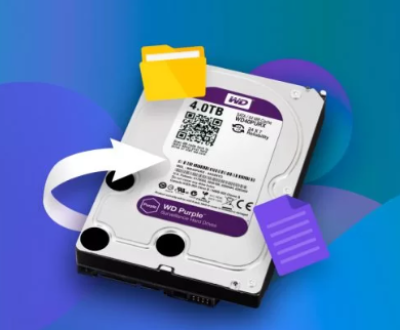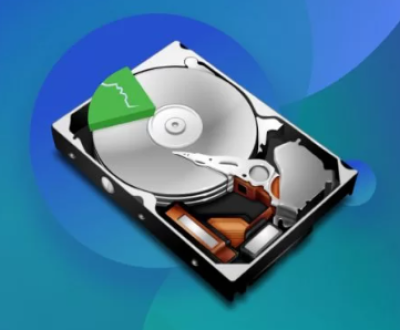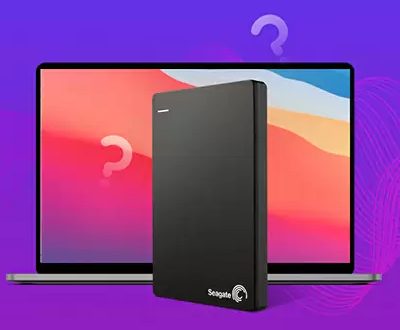Mini SD cards are compact and widely used storage solutions designed primarily for mobile phones, digital cameras, tablets, drones, and other portable devices. As data storage technologies evolved, Mini SD cards offered a reliable method for carrying photos, videos, documents, and application data. However, despite their utility, Mini SD cards are not immune to data loss. Corruption, accidental deletion, formatting errors, and physical damage can lead to inaccessible or lost files. When such situations arise, Mini SD card data recovery software becomes a critical tool for retrieving valuable content.
Chapter 1: Common Causes of Mini SD Card Data Loss
Understanding how data loss occurs is essential for choosing the best recovery strategy. Here are the primary culprits:
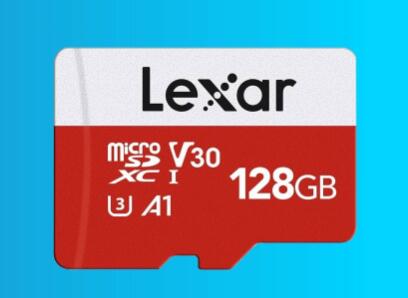
Accidental Deletion – Files deleted during cleaning or storage management.
Formatting Errors – Users may unintentionally format their Mini SD cards.
File System Corruption – A result of improper ejection, power failures, or malware.
Physical Damage – Bending, water exposure, or electrical failure.
Virus or Malware Infection – Malicious programs can hide, corrupt, or delete data.
Bad Sectors – Hardware degradation over time can make data inaccessible.
Transfer Interruptions – Removing the card during a transfer can corrupt files.
Recognizing the cause can improve the success rate of recovery and guide users in selecting the right software and method.
Chapter 2: How Mini SD Card Data Recovery Software Works
Data recovery software functions by identifying traces of deleted or corrupted data left on the storage media. Here is an overview of how these tools function:
Scanning Algorithms – Advanced programs scan the raw sectors of the Mini SD card to locate recoverable files.
Signature Matching – The software identifies files based on known file signature patterns.
Preview Capabilities – Users can view recoverable files before restoration.
Selective Recovery – Allows recovery of specific files instead of the entire card.
Quick and Deep Scans – Quick scans locate recently deleted files; deep scans unearth older or fragmented data.
File System Recognition – Compatibility with FAT16. FAT32. exFAT, and other common Mini SD card file systems.
Read-Only Operations – Ensure no further damage to the card during the scan.
Chapter 3: Essential Features of a Good Recovery Tool
When choosing data recovery software for your Mini SD card, consider the following features:
User Interface – Simple, guided processes suitable for beginners and experts.
File Type Support – Ability to recover photos, videos, documents, archives, and more.
Speed and Efficiency – Balanced performance between scan speed and accuracy.
Preview Before Recovery – Helps verify files before proceeding.
Compatibility – Works with various operating systems (Windows, macOS, Linux).
File System Support – Recognition of Mini SD card formats (FAT32. exFAT).
Security – Recovery tools should not overwrite existing data.
Customer Support – Helpful support in case you face technical issues.
Price and Licensing – Transparent pricing with trial versions or free limited recovery.
Chapter 4: Top Mini SD Card Recovery Software Options
Panda Assistant
Panda Assistant emerges as a reliable and user-friendly solution. Designed with simplicity and efficiency in mind, Panda Assistant offers powerful scanning capabilities that help recover lost photos, videos, documents, and other essential files with just a few clicks.
What sets Panda Assistant apart is its intuitive interface, making it ideal for both beginners and advanced users. Upon connecting your Mini SD card via a card reader, the software automatically detects the storage device and initiates a smart scanning process. Users can choose between quick and deep scans depending on the severity of data loss. Once the scan is complete, Panda Assistant provides a detailed preview of recoverable files, allowing selective recovery to ensure only the needed data is restored.
Additionally, Panda Assistant supports a wide range of file formats and is compatible with all major Mini SD card file systems, including FAT16. FAT32. and exFAT. Whether the loss is due to accidental deletion, formatting, or corruption, Panda Assistant’s read-only operation ensures your Mini SD card data is safely handled without risk of overwriting.
For users who value dependable performance, responsive customer support, and clear recovery steps, Panda Assistant stands as a trustworthy ally. Whether you’re a photographer, student, or professional, Panda Assistant streamlines the Mini SD card data recovery process—giving you peace of mind when data loss strikes.
Chapter 5: Step-by-Step Recovery Process
Follow these steps to maximize your recovery results:
Stop Using the Card – Avoid further data writing.
Connect the Mini SD Card – Use a card reader or device adapter.
Install Recovery Software – Choose a trusted tool from above.
Launch the Program – Start the software and select your Mini SD card.
Choose Scan Type – Opt for a quick scan first, then deep scan if needed.
Review Scan Results – Preview and mark the files you want to recover.
Choose Recovery Location – Save recovered files to a different storage drive.
Recover Files – Execute the recovery and verify restored files.
Chapter 6: Tips for Maximizing Data Recovery Success
Act Quickly – The more you delay, the higher the chance of overwriting.
Use Read-Only Software – Prevents further corruption.
Avoid Low-Quality Tools – Use trusted and reviewed software.
Recover to a New Location – Never recover files directly to the same card.
Make Image Backups – Clone the card before running recovery attempts.
Chapter 7: How to Protect Your Mini SD Card Data
Preventive measures are key to avoiding future data loss:
Regular Backups – Use cloud or physical backup solutions.
Safely Eject Devices – Prevents file system errors.
Avoid Full Capacity Usage – Leaves room for system functions.
Use Antivirus Protection – Scan your cards regularly.
Label and Store Properly – Keep Mini SD cards in safe, dry, and cool places.
Chapter 8: When to Seek Professional Help
If software fails or the Mini SD card is physically damaged, professional recovery services may be your only option. Consider this path if:
Card Not Recognized – It doesn’t appear in any device.
Unusual Noises – Clicking or buzzing sounds.
Physical Breakage – Cracked or burnt cards.
Repeated Failures – Multiple failed software attempts.
Professional labs can use hardware tools and clean rooms to recover data, though it can be expensive.
About us and this blog
Panda Assistant is built on the latest data recovery algorithms, ensuring that no file is too damaged, too lost, or too corrupted to be recovered.
Request a free quote
We believe that data recovery shouldn’t be a daunting task. That’s why we’ve designed Panda Assistant to be as easy to use as it is powerful. With a few clicks, you can initiate a scan, preview recoverable files, and restore your data all within a matter of minutes.
Subscribe to our newsletter!
More from our blog
See all postsRecent Posts
- How to recover deleted files in sd memory card 2025-07-15
- How to recover lost photos from sd card 2025-07-15
- How do you recover deleted files from sd card 2025-07-15

 Try lt Free
Try lt Free Recovery success rate of up to
Recovery success rate of up to

